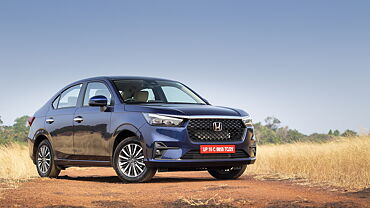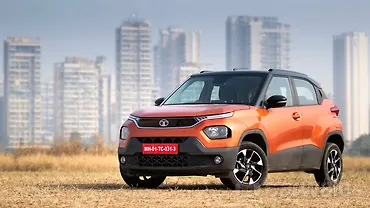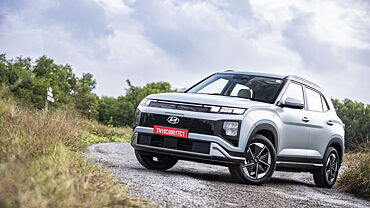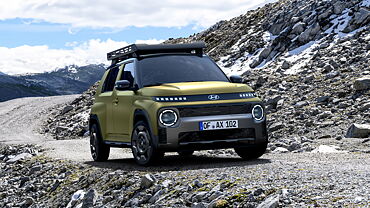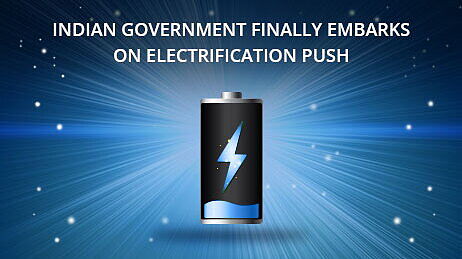
Content
The electric future is a global phenomenon and it is realising faster than ever. Major carmakers around the world are gearing up towards the new powertrain for sustenance before the exhaustion of fossil fuels. While the developed countries are adapting faster and applying various regulations to ensure their streets are emission free in coming years, the Indian Government so far has been discerningly quiet on the electrification push. But now, it seems that the trends are shifting.
As per the latest announcement by the NITI Aayog, the government plans to initiate the electrification push with a completely different kind of approach unlike the developed countries. Instead of relying on heavy subsidies for the electric vehicles, the plan is to sell the car without battery (thus bringing down the cost by up to 70 per cent since it constitutes the major cost of an EV) and lease out the battery pack separately. The scheme, which should kick off by 2020, would initially involve public transport and then slowly move towards private passenger cars. The battery can be leased at the stations and replenished for another when one pack is consumed. The government would control the industry for a couple of years initially until it stabilises.
This unique plan is still in the early stages of drafting and will be penned down soon. The government intends to replace all the vehicles on Indian roads with no-emission electric vehicles by the year 2030. The taxis, two-wheelers, three-wheelers and non-air-conditioned city buses would have specific filling stations with quick replacement and charging facilities for city commute. The specifications, rules, plans, infrastructure and other minute details of the plans are being worked out. A formal policy is expected to roll out in about six months.
Pioneers of the Indian EV industry, Mahindra Electric are at the forefront with new investments in EV technology and ever expanding EV portfolio. Other Indian car makers are expected to join the movement sooner than later helping the much-needed transition to electric mobility.





